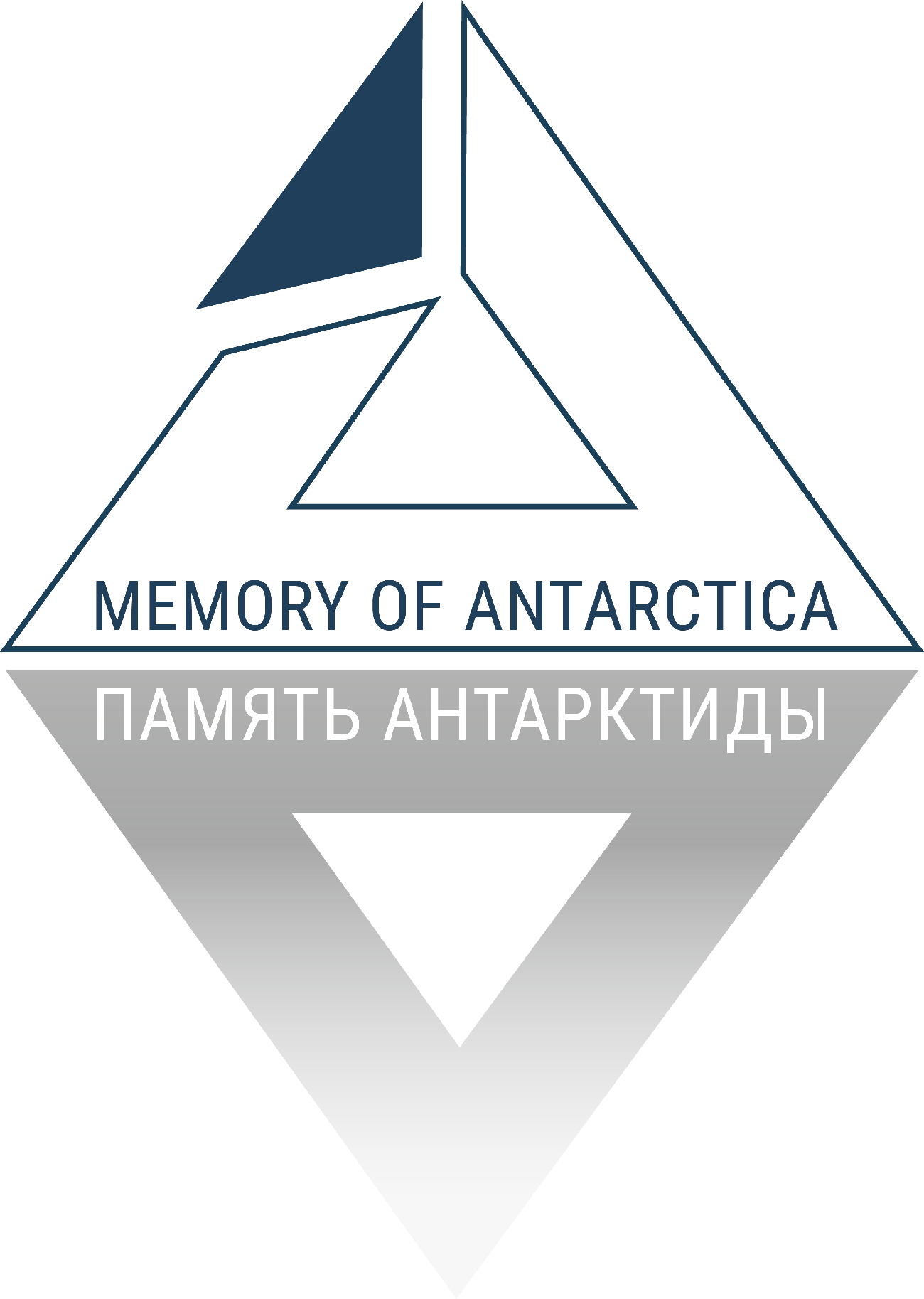In October 1978, they saw Vladimir Zavarzin off to his last Antarctic expedition. The farewell took place at Anatoly Smiryagin’s flat. The latter was a polar pilot and a friend of Zavarzin’s. According to the relentless age restriction, you could fly over the Southern continent only if you were under 50.
No one knew then that it was, in fact, the last expedition for Zavarzin. The tragic message fit into a small square of the Pravda newspaper: ‘Soviet plane Il-14 crashed in Antarctica in the beginning of January, 1979. There were casualties.’ That is all. Not one name mentioned in the story. It was not customary for Russia to share details of explosions, catastrophes and fires. No readers, except those privy to the tragedy, learned who was lost in the accident and how it happened…
It actually happened during the 24th Soviet expedition. The Il-14 was operating in Antarctica as usual, moving cargo and the participants of the expedition. The coming of the new 1979 was celebrated in a close-knit company. They went to the banya (Russian bath-house) and afterwards sat down to eat. A movie was shown as part of the cultural programme, The Dawns Here are Quiet (A Zori Zdes Tikhie).
On January 2, 1979, the Il-14 had to make a 10-hour flight from Molodyozhnaya to the Mirny station. The crew consisted of pilot-in-command Vladimir Zavarzin, second pilot Yury Kozlov, navigator Alexander Kostikov, air mechanic Victor Shalnev and aircraft radio operator Garif Uzikayev. There were 14 people on board altogether: 5 crew members and 9 passengers. It was going to be a long flight, so the plane’s fuel tanks were full to the brim. The sky that day was gloomy, but the weather conditions were still within the norm.
In his book That’s Ms. Antarctica to You (S Antarktidoy Tolko na Vy) the polar pilot Evgeny Kravchenko reminisces:
‘“We thought nothing could go wrong. Can you imagine?’ Shakhov told me later. ‘Swapped a couple of jokes with him, said our goodbyes. The weather was greyish, the temperature maxed out, and the strip was “holding” the craft by its skis as if they were suction cups. The plane was moving for a long time, it took so much effort, no thanks to the runway that was stretching uphill. They took off, and I suddenly saw it — the Il-14’s trajectory was way too steep, it turned to its side and crashed…”’
Everyone who was near the airfield at the time noticed that the plane was gathering speed slowly and with difficulty. It finally left the ground and rose up to a 50-60 m height. Then the craft’s nose went up abruptly, the plane assumed a vertical position and crashed.
Chief pilot Vladimir Zavarzin died instantly. Air mechanic Victor Shalnev was able to do the most important thing one second before the tragedy struck – he turned off the ignition. There were 5 tonnes of fuel on board! The tanks were dislodged on impact, and the fuel poured out. The current was cut off, though. That saved the lives of the 9 passengers in the plane’s fuselage, Evgeny Sergeevich Korotkevich, leader of the 24th expedition, and technicians among them. All of them were injured, but they survived.
Garif Uzikayev was delivered to the infirmary in critical condition. He was not able to regain consciousness and in several months passed away in Moscow. Navigator Alexander Kostikov was the last to be pulled out of the crushed cabin. His head was covered in blood, his legs shattered. Everyone thought he would not make it either. But he was the only crew member who lived.
The investigation committee came to the conclusion that Zavarzin’s crew had acted appropriately, according to the take-off procedure. So, what happened on January 2, 1979? Specialists proposed a possible explanation: the plane got caught up in the wind that suddenly changed its force and speed. That wind caused an abrupt shift in flight conditions and created an emergency at low altitude.
Vladimir Zavarzin, Yury Kozlov and Victor Shalnev found their resting place on Cape Granat, not far from the Molodyozhnaya station. There was also a stela was erected in the memory of the deceased polar aviators at Donskoy cemetery in Moscow. Capsules with soil from the spot where the tragedy had occurred were buried there earlier.
‘The following morning Antarctica was radiant. The weather was calm and clear, the sun in the fathomless blue sky full of joy. The storm touched our neighbourhood with just a margin of its wings and left before the night was over. But I do not think anyone at Molodezhnaya noticed all that beauty. The souls of each and every one of us felt burdened and sad.’ (E. Kravchenko, That’s Ms. Antarctica to You)
No one knew then that it was, in fact, the last expedition for Zavarzin. The tragic message fit into a small square of the Pravda newspaper: ‘Soviet plane Il-14 crashed in Antarctica in the beginning of January, 1979. There were casualties.’ That is all. Not one name mentioned in the story. It was not customary for Russia to share details of explosions, catastrophes and fires. No readers, except those privy to the tragedy, learned who was lost in the accident and how it happened…
It actually happened during the 24th Soviet expedition. The Il-14 was operating in Antarctica as usual, moving cargo and the participants of the expedition. The coming of the new 1979 was celebrated in a close-knit company. They went to the banya (Russian bath-house) and afterwards sat down to eat. A movie was shown as part of the cultural programme, The Dawns Here are Quiet (A Zori Zdes Tikhie).
On January 2, 1979, the Il-14 had to make a 10-hour flight from Molodyozhnaya to the Mirny station. The crew consisted of pilot-in-command Vladimir Zavarzin, second pilot Yury Kozlov, navigator Alexander Kostikov, air mechanic Victor Shalnev and aircraft radio operator Garif Uzikayev. There were 14 people on board altogether: 5 crew members and 9 passengers. It was going to be a long flight, so the plane’s fuel tanks were full to the brim. The sky that day was gloomy, but the weather conditions were still within the norm.
In his book That’s Ms. Antarctica to You (S Antarktidoy Tolko na Vy) the polar pilot Evgeny Kravchenko reminisces:
‘“We thought nothing could go wrong. Can you imagine?’ Shakhov told me later. ‘Swapped a couple of jokes with him, said our goodbyes. The weather was greyish, the temperature maxed out, and the strip was “holding” the craft by its skis as if they were suction cups. The plane was moving for a long time, it took so much effort, no thanks to the runway that was stretching uphill. They took off, and I suddenly saw it — the Il-14’s trajectory was way too steep, it turned to its side and crashed…”’
Everyone who was near the airfield at the time noticed that the plane was gathering speed slowly and with difficulty. It finally left the ground and rose up to a 50-60 m height. Then the craft’s nose went up abruptly, the plane assumed a vertical position and crashed.
Chief pilot Vladimir Zavarzin died instantly. Air mechanic Victor Shalnev was able to do the most important thing one second before the tragedy struck – he turned off the ignition. There were 5 tonnes of fuel on board! The tanks were dislodged on impact, and the fuel poured out. The current was cut off, though. That saved the lives of the 9 passengers in the plane’s fuselage, Evgeny Sergeevich Korotkevich, leader of the 24th expedition, and technicians among them. All of them were injured, but they survived.
Garif Uzikayev was delivered to the infirmary in critical condition. He was not able to regain consciousness and in several months passed away in Moscow. Navigator Alexander Kostikov was the last to be pulled out of the crushed cabin. His head was covered in blood, his legs shattered. Everyone thought he would not make it either. But he was the only crew member who lived.
The investigation committee came to the conclusion that Zavarzin’s crew had acted appropriately, according to the take-off procedure. So, what happened on January 2, 1979? Specialists proposed a possible explanation: the plane got caught up in the wind that suddenly changed its force and speed. That wind caused an abrupt shift in flight conditions and created an emergency at low altitude.
Vladimir Zavarzin, Yury Kozlov and Victor Shalnev found their resting place on Cape Granat, not far from the Molodyozhnaya station. There was also a stela was erected in the memory of the deceased polar aviators at Donskoy cemetery in Moscow. Capsules with soil from the spot where the tragedy had occurred were buried there earlier.
‘The following morning Antarctica was radiant. The weather was calm and clear, the sun in the fathomless blue sky full of joy. The storm touched our neighbourhood with just a margin of its wings and left before the night was over. But I do not think anyone at Molodezhnaya noticed all that beauty. The souls of each and every one of us felt burdened and sad.’ (E. Kravchenko, That’s Ms. Antarctica to You)
Family's archive photos










